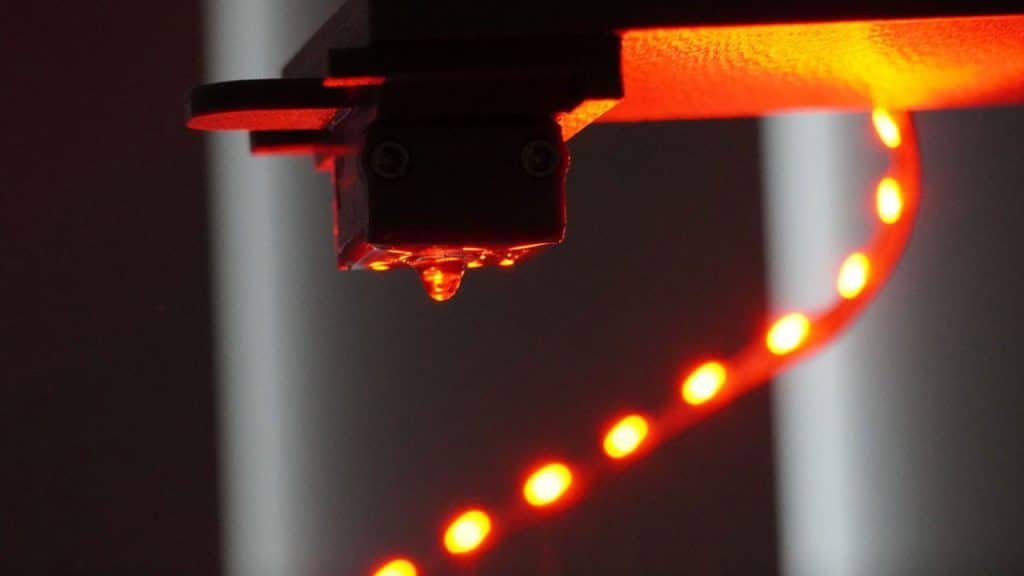The rise of 3D printing in a range of industries is one of those things that sounds like science fiction, but it is actually changing the world. That includes in the specific subcategory of bioprinting, where researchers continue to move closer to the day they can actually print new and functional human organs (https://longevity.technology/news/light-based-bioprinting-is-illuminating-the-future-of-organ-transplants/).
Bioprinting isn’t easy. It requires a huge amount of precision, especially when creating the complex networks of blood vessels that are necessary to keep organs supplied with oxygen and nutrients, and to make sure waste is removed effectively. This part of the process is known as vascularization, and without it, the cells and tissues produced by the bioprinter may die.
That’s not to say we haven’t made progress. New and more efficient bioinks have been developed to supply the raw materials for bioprinting. These are the living cells that form the basis of all the living tissue that makes up the organs. In 2019, researchers at the University of Tel Aviv managed to 3D print a living heart (as opposed to a replica heart without cells used to identify defects and potential treatments) for the first time, though on a small scale. It was only as big as a rabbit’s heart, and it wasn’t able to beat.
Lasers are one potential solution to the vascularization issue. Currently, bioprinting involves building up layers of tissue through spraying the bioink. An alternative is having the bioink in one block and aiming the laser at it to cause it to shape and harden. The size and form of the laser can be changed very quickly, even when working at an impossibly small scale, which means it could deal with the complexity of vascularization more easily.
Speed is another of the issues that lasers could help resolve. Bioprinting is currently a slow and cumbersome process. It needs to be to ensure the kind of precision needed in organs and blood vessels. Nevertheless, that means its potential is limited in emergency situations, such as when trying to restore burn tissue.
It’s clear that bioprinting has a long way to go. It needs to be quicker and more precise if it’s going to create complete organs and blood vessel networks, and there are other issues related to safety to consider. Still, it’s an area of huge potential, and researchers are excited to keep pushing the field forward.




